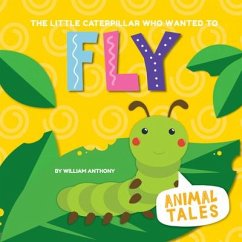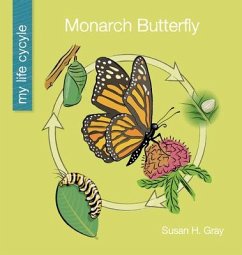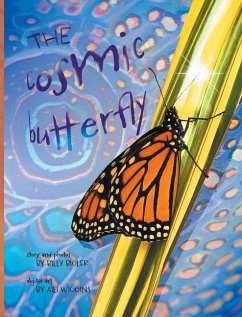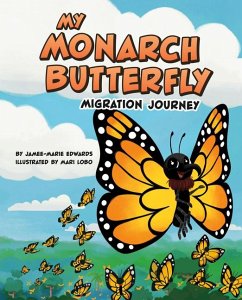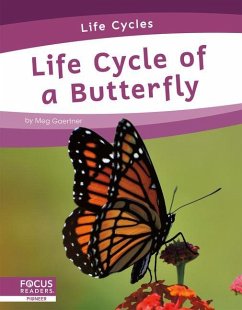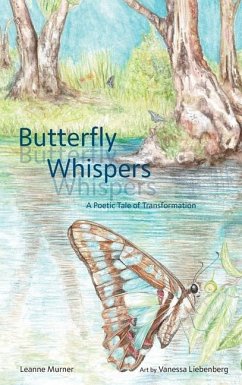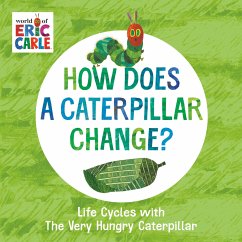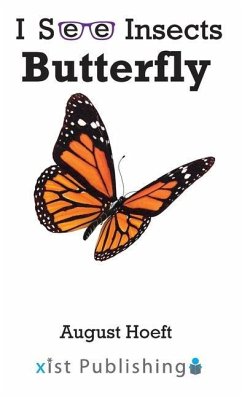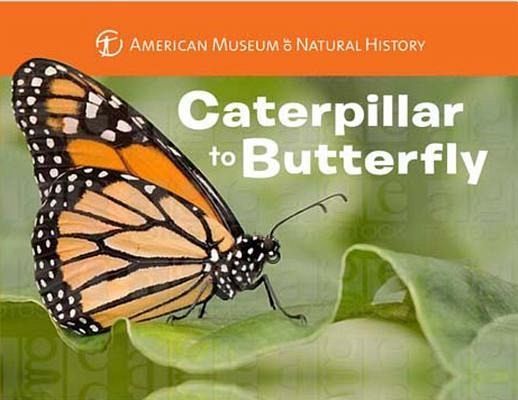
Caterpillar to Butterfly
Versandkostenfrei!
Versandfertig in 2-4 Wochen
13,99 €
inkl. MwSt.

PAYBACK Punkte
7 °P sammeln!
A caterpillar hatches. It eats and eats . . . and grows into a butterfly that flits and floats across the sky. Follow the life cycle of one of nature's most beautiful creatures in simple text and stunning photos. This unique book features graduated flaps that display each stage of metamorphosis at a glance; turn each flap to reveal engaging facts that kids will love.



